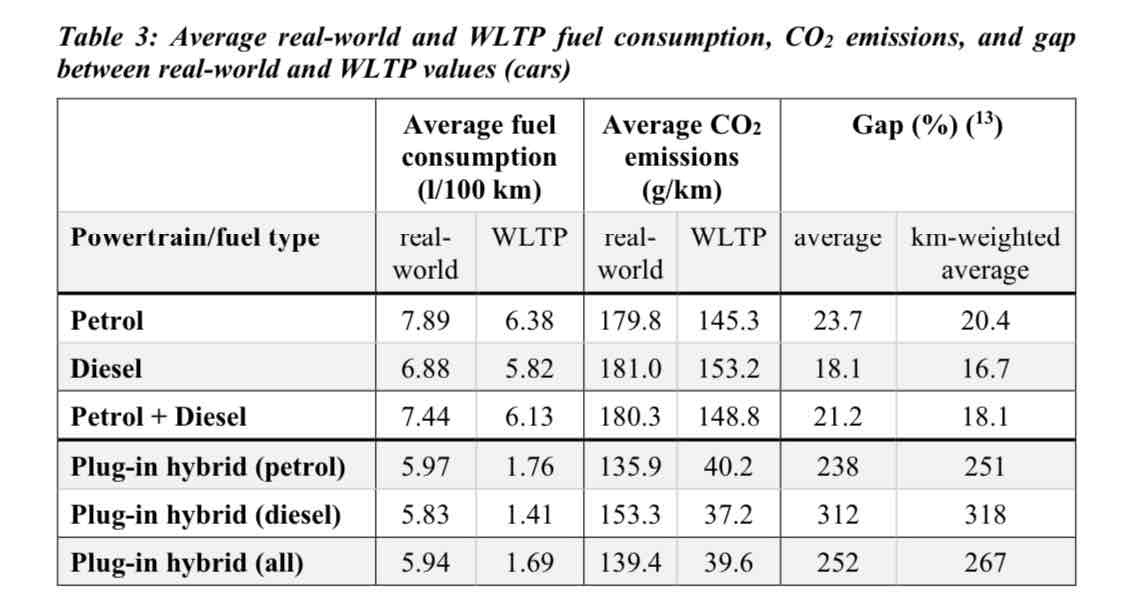

Automakers care about how much R&D they have to invest and the impact on the quarterly profits. ICEs are dirt cheap in that regard, and it took the federal government bribing them to do so.


Automakers care about how much R&D they have to invest and the impact on the quarterly profits. ICEs are dirt cheap in that regard, and it took the federal government bribing them to do so.


Because US automakers and oil interest groups actively sought to keep the status quo?


According to the article, it won’t qualify for the federal tax incentive, so yeah… probably.


From what I can tell, it’s still in the ~$50,000 range.
I don’t really see how that can be considered ’cheap’.


If this is a joke, it’s going over my head. But as I understand it:
Geek: Socially Acceptable, Really smart about a particular topic, or in general. Nerd: Socially awkward, really smart about a topic or in general. Dork: Socially awkward, not especially bright.


I feel like this is a large portion of the missing puzzle pieces. The difference between real world and advertised ICE stats are somewhat padded, but not significantly. You’d expect the hybrids to have a similar degree of discrepancy, but it’s wildly out of range of expectations. It may simply be that the manufacturers are giving idealized stats, since while testing they would have access to their personal charger in a laboratory environment. But in the real world, owners cannot guarantee working/accessable chargers or even that they can charge at home, which would dramatically impact the results of this study.
Or at least, I’d assume that’s the case in the US. I don’t know what EU’s charging infrastructure is like, where the study was preformed.


TBH, the most astonishing reveal from the study for me was that Hybrid owners weren’t charging their vehicles. Unfortunately, the why isn’t covered in the study since it seems to just be hard math and statistical analysis.
Are they just not plugging in at night?
Too frustrated with the battery draining too quickly?
Driving too far for the battery to meaningfully contribute between charges?
Is the extra hardware mass making the ICE that much less efficient?
Laziness from having to fill both the battery and the gas tank?


To be fair, I’m really just judging the EC’s article writer. Not the trustworthiness of EC or the study itself.


When I saw the headline, I thought this was clickbait, since the headline and the linked article avoided quantifying how much CO2 the vehicles said they consumed vs the real world usage.

If you dig into the cited materials, it turns out it wasn’t hyperbole.
That said, I still consider it extremely poor form to omit the information the study was centering its argument around.


Yes, and I personally would rather avoid paying a premium over the electricity I can get at home. If I intend to stick to that, then I have to be prepared for when Murphy shows his unwelcome face.


There are reasonable reasons for wanting a greater range than you expect to use on a regular basis. Not the least of which is a power outage or your own home charger choosing an inopportune moment to kick the bucket, as you are your own gas station manager.


Is that even possible at this stage? Car battery technology is still very much in its infancy and alternative forms of storage are an intense point of investment.
I certainly agree that that should happen, but I feel like we’re still in the Wild West era of electric cars.


Okay, thanks! That was super informative!


Legit asking:
Up until relatively recently, the layman’s understanding of pollution was mostly focused on exhaust.
What caused the general shift in focus to microplastics, and by direct extension tire ware?


The range of both vehicles is comparable, so I’d argue it boils down to which dealer is more convenient to visit for the odd maintenance.
(That aside, I’m personally dubious of opting for a lease, especially if money is tight long term. But I’m the sort of person who’d opt to get every damned mile out of a vehicle I could before begrudgingly admitting it’s time for a replacement.)


Semi-off topic… but I’m surprised they aren’t making/marketing a Lightning Bug.


On paper, that’s a great idea.
In practice though, you can expect the dealers to markup the difference, so the consumer pays exactly the same.
At least with the tax credit, dealers still have to account for sticker shock.
Edit: Looks like you’ve edited the message since my reply. So continuing:
They do offer subsidies on home chargers, both installation and the device itself, also through tax credits. Though you have to be careful, if your tax credits on the car exceed your taxes for that year, the credit for the charger is worthless.
I may be smart to make your EV purchase towards the end of one tax year, and the charger at the beginning of the next.


What a world we live in, where “most affordable” and $70,000 dollars can be used in the same sentence.


… I really dislike how headlines are designed, not to inform, but even to the opposite in the name of drawing clicks. I realize this isn’t on you, but more the AP, but still.
TL;DR The warning light FONT is too small.
Dairy cows and beef cows are different breeds. There’s hardly any overlap worth mentioning. For the purposes of these kinds of reports, they might as well be different species.